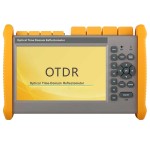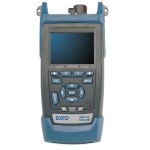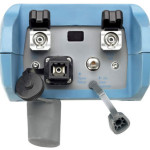OTDR Price is getting economical recently, how to get a good test trace from an cost effective OTDR is critical, the following lists is an instruction about how to get good test result.
1. Select the right pulse width, by selecting a longer or shorter Pulse Width, you can control the amount of backscatter level coming back, and the dead zone size. High the pulse width, large the dead zone, and less accuracy of the testing result. For a cascading splitter PON network, too wide pulse width might directly ignore the second splitter, if the distance among splitter is too short, however, if the pulse width is too narrow, there might be too much noisy of the trace after splitter. The following table is an example about pulse width and measurement distance during fiber network testing.
2. Measurement Range, Its recommend to have the measurement trace about1/3 to 1/2 of the OTDR display. If wrong measurement range selected, you will get compressed trace or stretched trace
3. Dirty, damaged or incompatible connectors, resulting in a large reflection and curved trace at the beginning of the trace. Inspect and clean connectors. Make sure both connectors are of the same type and endface finish (PC, UPC, or APC). Use connector colors to identify PC/UPC vs. APC.
OTDR
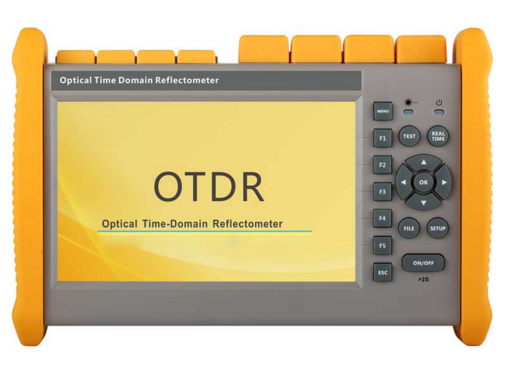
OT700 series OTDR
SM OTDR, MM OTDR, visual fault locato), PON online test, Optical Power Meter, Optical Laser Source, Fiber Microscope, Ready for all kinds of environment.
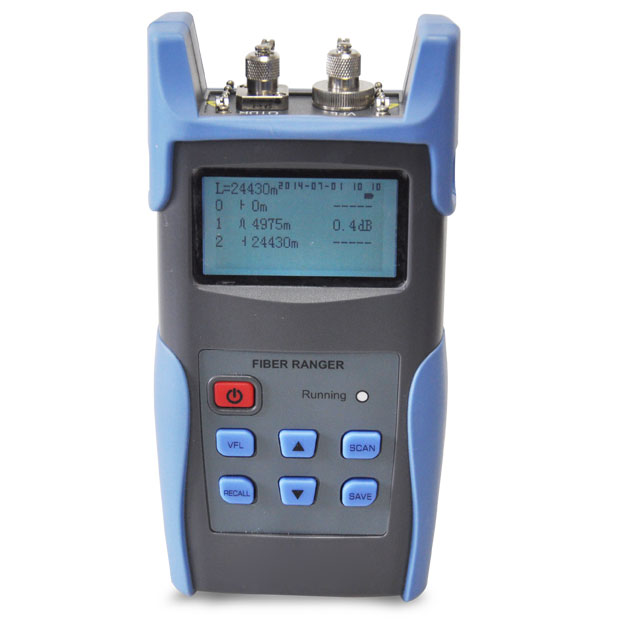
OFR300 Optical Fiber Ranger
1550nm (1310nm Optional), 9/125um SM Fiber, FC/PC , ≥60mW
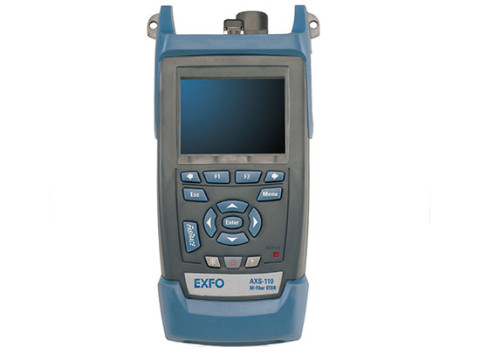
OTDR EXFO AXS-110
Event dead zone: 0.8 m; Wavelengths: 850/1300/1310/1490/1550/1625 nm; Dynamic range: up to 37 dB; Battery autonomy: 8 hours
